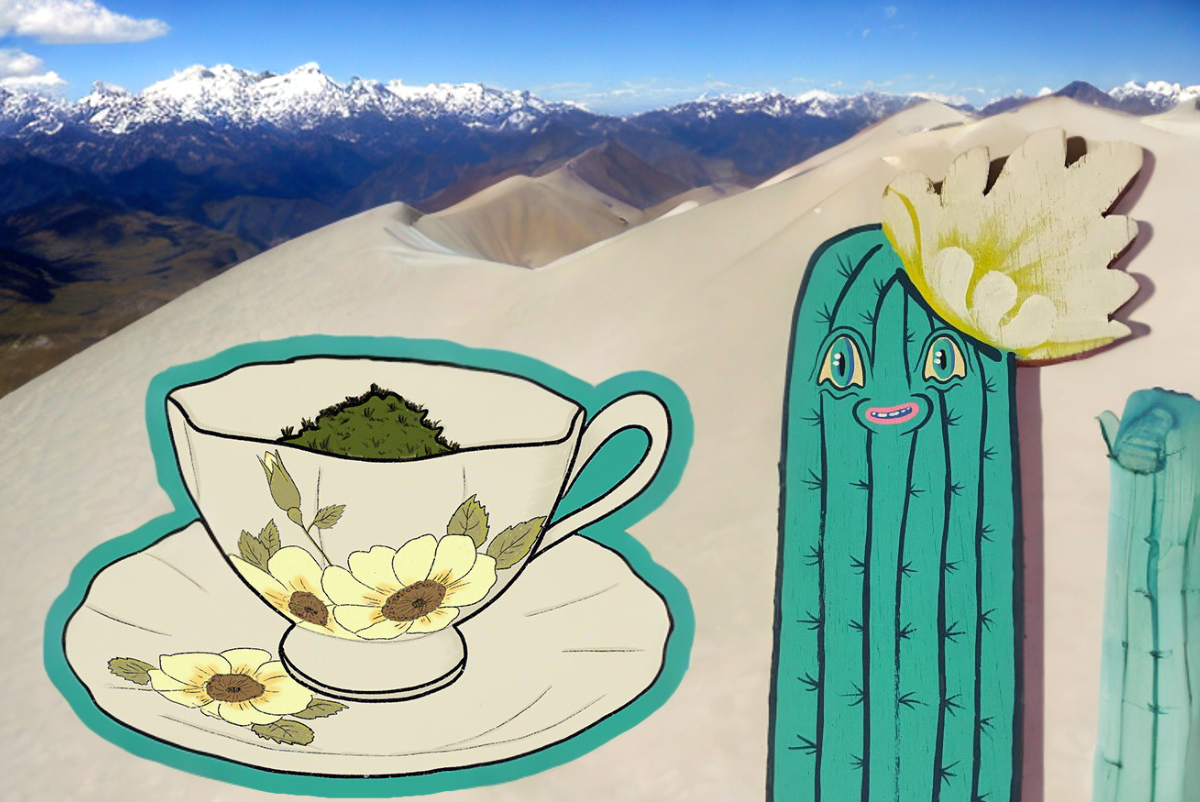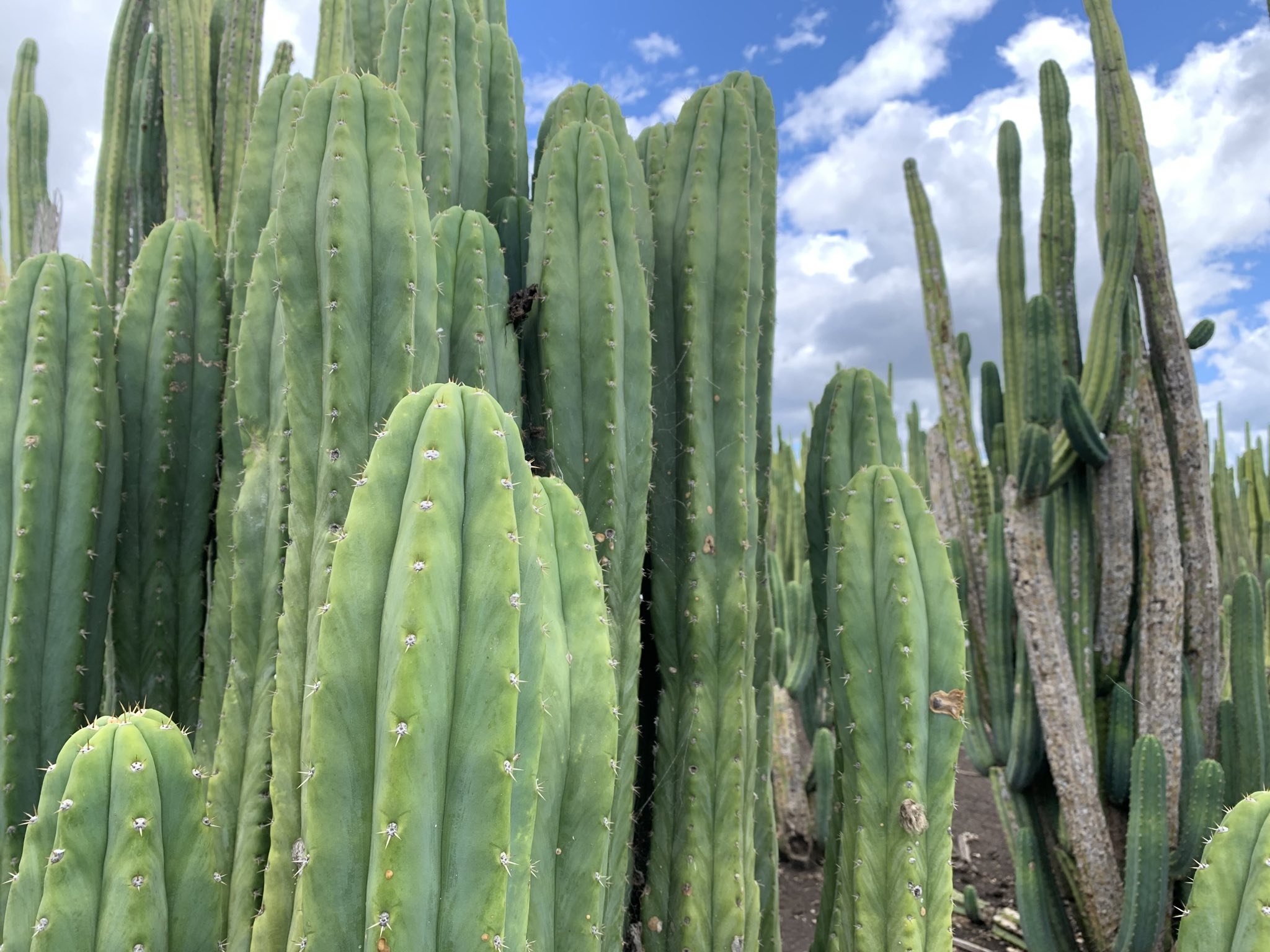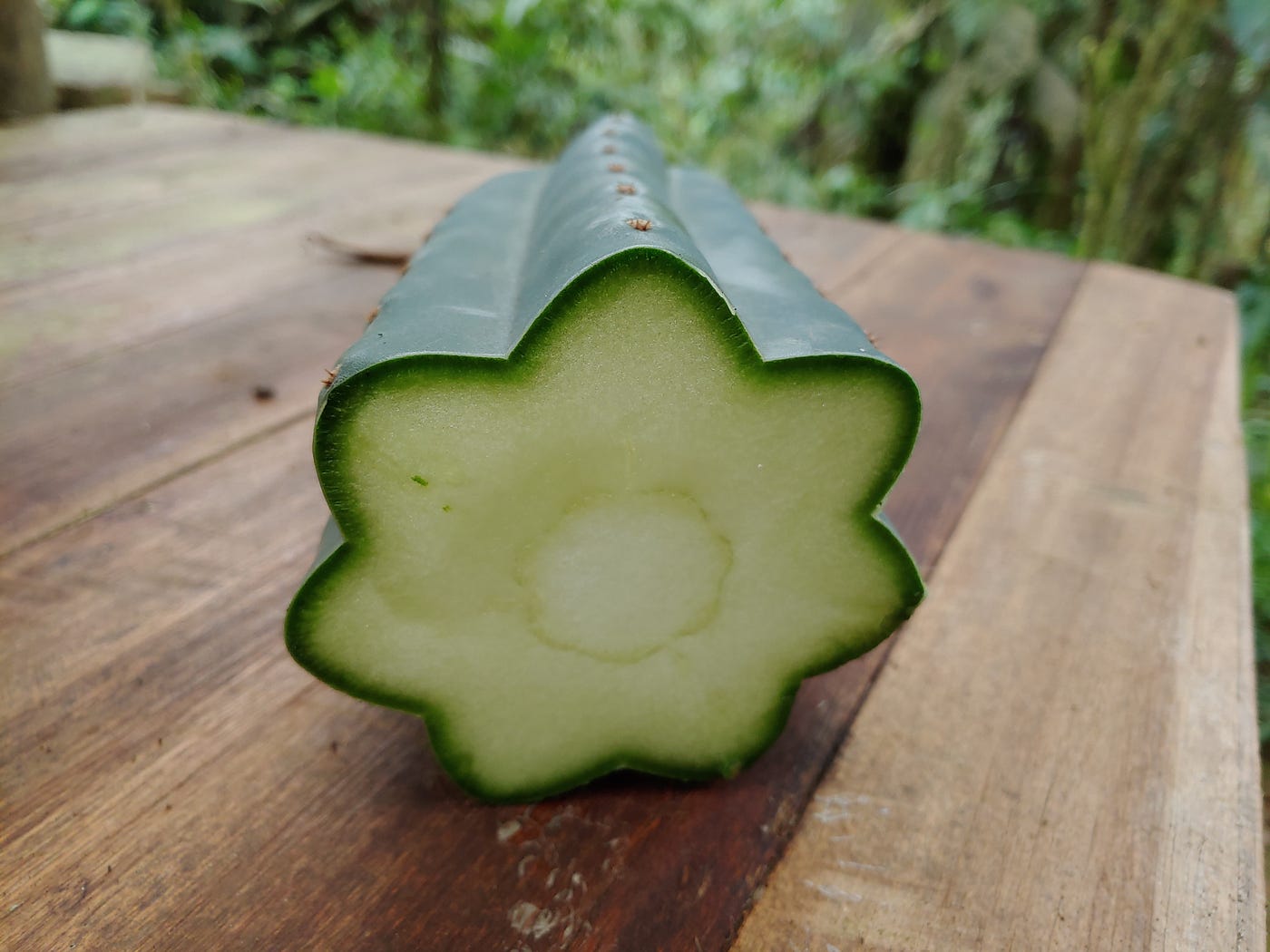
In recent years, there has been a growing interest in alternative therapies and natural remedies for various ailments. Among the many ancient practices that have gained attention is the use of entheogenic plants for spiritual and medicinal purposes. One such plant is the San Pedro cactus (Echinopsis pachanoi), which has a long history of traditional use in South America. In this article, we delve into the San Pedro cactus tea tek, a method of preparing and consuming the sacred brew that offers a unique and transformative experience.
Understanding the San Pedro Cactus:

The San Pedro cactus, also known as Huachuma, is a columnar cactus native to the Andean region of South America. It has been used for thousands of years by indigenous cultures, particularly in Peru and Ecuador, for healing and spiritual ceremonies. The cactus contains mescaline, which is responsible for its mind-altering effects.
It is important to know that San Pedro trips are longer than those of other psychedelics. A San Pedro trip can last around 15 hours with high doses lasting up to 20 hours. That being said, ensure that you clear your schedule the day of your trip, as well as the day after, as you will need to rest in order to process what you experienced and catch up on sleep. If you are familiar with psychedelics, anecdotal evidence suggests that a San Pedro trip is similar to that of LSD, but less disorienting, as well as have MDMA-like euphoric effects that come in waves that are gentle on the user.
Before consuming, make sure your set and setting are good. Your mindset should be good – do not take a psychedelic while under severe stress or duress. Secondly, make sure your setting is good, too. Plan to be somewhere where you will be comfortable, but most importantly safe. Have someone who is sober to trip sit you, if this is your first time consuming a mescaline-containing cactus. Even if you have past experience with other psychedelics, it is recommended to have a trusted friend or experienced guide nearby, in case the trip turns south.
Read also: A Beginner’s Guide To Mescaline
What Effects Can I Expect from San Pedro Cactus Tea?

You can expect the following effects after consuming a San Pedro cactus:
- Time distortions
- Increased color perception
- A sense of calmness and feeling interconnected with everything
- Auditory hallucinations
- Extreme emotions ranging from anxiety to joy.
- Preoccupation to details or inability to concentrate.
- Geometric-like visuals, similar to mandala patterns.
- Open- and closed-eye visuals that lead to profound spiritual experiences.
Some negative side effects you may experience are:
- Increased heart rate
- Nausea
- Sweating
- Shaking
- Changes in temperature regulation
- Disorientation or dizziness
- Vomiting (similar to the purging of ayahuasca, but it is rare)
Read also: A Beginner’s Guide to a San Pedro Cactus Experience
The Benefits of San Pedro Cactus Tea:
San Pedro tea offers an easy way of ingesting the cactus without having to fly to South America to experience it. The brew is known for inducing a profound sense of introspection, promoting emotional healing, and expanding consciousness.
It is often used to facilitate:
- personal growth
- gain insights
- connect with higher states of consciousness.
- improved well-being
- enhanced creativity
- relief from certain psychological conditions
Preparing San Pedro Cactus Tea:

The San Pedro cactus tea tek is rather simple, but it does take some time. San Pedro tea takes around 4-6 hours to make, in order to fully extract the potent alkaloids from the plant. There are several different ways of making this tea, but this one was adapted from a guide written by MJShroomer for Erowid. Other guides are similar in scope with some key differences in whether they leave the skin or not and whether they cook the cactus all at once or incrementally. In this tek, we leave the skin on and cook it in two phases: an initial 30-minute low-heat stage and a second long medium-heat cooking stage.
1. Before starting, calculate your dose.
A beginner dose for San Pedro is around 200mg, which can equate to around 200g of fresh cactus. Generally, people use length as a measurement of how much cactus to use in their teks. You want a cactus that is at least 12 inches (30.48 cm) in length – this amount will yield only one dose.
2. Slice your cactus
You will want to slice your cactus like a cucumber into 1-inch (2.54 cm) sections. They will look like green stars. Slicing the cactus makes it easier to blend. You can leave the spines and skin on the cactus or get rid of it before slicing – it does not matter, as the boiling process will soften them.
3. Dice your slices
Take your slices and dice them into smaller pieces, so that they can fit in a blender.
4.Place cactus and water in a blender.
Add 1-2 cups of cactus to the blender and cover with water up to the same height as the cactus. You want a 1:1 mixture of cactus to water based on volume. You will need to blend your cactus in multiple small batches. DO NOT attempt to blend your whole cactus all at once, as the water retained by the cactus will expand and cause your blender to overflow.
5. Blend
Blend your cactus. The water held inside the cactus will cause the volume in the blender to expand. Keep blending until all cactus bits are gone and the volume expands to the top of the blender. Once well blended, pour into a large 3–5-quart pot. Repeat as many times as necessary until all of your cactus is blended.
6. Cook your mixture
Cook your blended cactus mixture in a large pot on low heat for around 30 minutes until the mixture is even. The cactus pulp will initially separate from the water and sit on the top of the pot. As this happens, it may spill over, so keep an eye on your pot at all times. Lower the heat to prevent this. You do not want anything to spill over.
7.Wait until your mixture turns a dark green
As you continue cooking your mixture, the liquid will begin turning a darker green similar to the color of the skin. When this happens, keep stirring your pot. It is very important that you continue stirring on low heat during this first half hour of cooking.
8. Continue heating until it reaches the correct consistency
Keep cooking your mixture. Slowly, the pulp will remix with the water rather than sitting at the top and reach a thick glue-like consistency.
9. Increase the heat
Once the pulp has been reincorporated with the water, increase the heat slightly to bring the mixture to a light boil or simmer. Ensure that the mixture does not boil over.
10. Simmer your mixture for around 4 hours
Continue boiling your mixture for around 4 hours until it reduces. It should boil until there are around 12 to 16 ounces of goo left at the bottom. The consistency should be very gooey and glue-like. During this time, monitor your pot closely to avoid burning it. You can add a small amount of water (12-16 ounces) to prolong the boiling time, if needed.
11. Strain your goo
Take a clean piece of cloth that can act as a filter, such as a t-shirt, cheesecloth, or milk bag, and place it over the top of a blender, bowl, or glass and create a small indentation where you can add your mixture into. Add your goo into the cloth. If the mixture is too hot, simply let gravity to its job and let the liquid drip into the blender. Once the mixture has cooled down enough to be handled, strain the rest of the liquid by hand by squeezing the ball of pulp. Once all liquid has been extracted from the pulp, you can throw it in the trash.
12. Enjoy your San Pedro cactus tea!
The liquid that was strained from the pulp is your San Pedro tea! Pour it into a glass and drink it. You can drink it in small sips over the course of half an hour or all at once. Drinking it slowly can help your body acclimate to it and ease you into the trip. The tea is a bit bitter, so be prepared if your palette is sensitive. Adding a sweetener like honey can help with the flavor.
Conclusion
The San Pedro cactus tea tek offers users a method of consumption that helps mitigate the physical side effects brought on by the plant. While eating the raw cactus flesh is certainly an option, this can lead to nausea and is not a very enjoyable experience due to its bitter taste. Plus, drinking a cup of tea is easier than chewing a foot-long cactus. While this tek is time-intensive, it is worth it in the end to have an enjoyable, better tasting experience.
Disclaimer: Psychedelic Spotlight does not condone the use of illegal substances. The purpose of this article is for educational and harm reduction purposes only. If you suffer from a medical or mental condition, please consult with your doctor before taking any substance.





